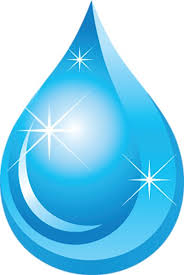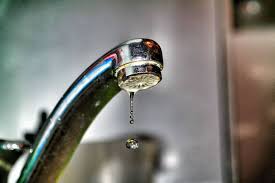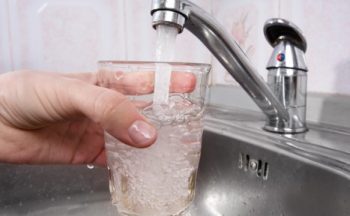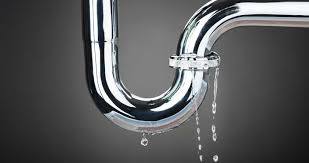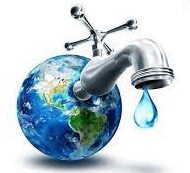 September 2023
September 2023
Failure to manage water has consequences.
Water costs encompass everything pertaining to the delivery of clean water to your taps. This includes repairing and maintaining public pipe systems plus collection, treatment, storing, testing and monitoring of water quality. With so much fresh water available in Canada, we can be lazy about its conservation.
In the high-rise home, water leaks from pipes cause extensive damage because nobody is looking for them. This reduces building maintenance costs until water problems are detected. Repairing water leaks and the damage they cause costs far more than being proactive.
Some communities have an annual plumbing audit to identify problems and reduce water use. There are further savings in the use of electricity and gas to transport and heat water in a high-rise building. A plumber visits each unit to identify and repair small leaks, and recommend appropriate in-suite upgrades and repairs for owners to consider at additional cost. A plumbing audit typically includes a report on the audit’s findings and work done. This allows management to be aware of in-suite water problems that could impact on common areas and other suites in the building. Water use savings of 15 percent to 30 percent are not uncommon plus additional savings in other utilities. The frequency of water problems is lessened thereby reducing water damage repairs, condo insurance fees and deductibles.
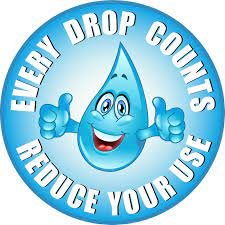 Some water leaks are easier to spot than others. Recognizing and addressing signs of water damage is crucial to preventing a minor problem from spiralling out of control. The sooner water leaks are noticed and dealt with the better things turn out for everyone. Regularly check faucets and areas near water sources for problems. Look for leaking faucets, and water or damp spots on the floor below pipes or on a ceiling. Signs of water damage can include discoloration of wallpaper or tile, mildew or odour. None of this is normal and should be dealt with or reported.
Some water leaks are easier to spot than others. Recognizing and addressing signs of water damage is crucial to preventing a minor problem from spiralling out of control. The sooner water leaks are noticed and dealt with the better things turn out for everyone. Regularly check faucets and areas near water sources for problems. Look for leaking faucets, and water or damp spots on the floor below pipes or on a ceiling. Signs of water damage can include discoloration of wallpaper or tile, mildew or odour. None of this is normal and should be dealt with or reported.
Some areas of the home and building are typically hidden from view including below pipes, elevator wells, and rarely visited spaces. These are ideal locations for water detection systems that offer continuous monitoring for moisture and send out alerts if any is detected.
Reduce your personal use of water:
- Turn off the tap when brushing your teeth. This can save up to 16 litres of water each time.
- Keep a cold jug of water in the fridge or use ice cubes instead of running the water until it gets cold.
- Only run the dishwasher and washing machine when full.
- Check for and address small leaks such as a leaking toilet. A single toilet can waste up to 200,000 litres of water per year and go unnoticed.
- One litre of tap water costs about one cent. One litre of bottled water costs about $1.50 plus the cost to dispose of the bottle. Using tap water instead of plastic water bottles provide about 63 bottles of water for the same one dollar.
Imagine how much less water your building would need if everyone followed these simple practices.
